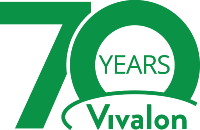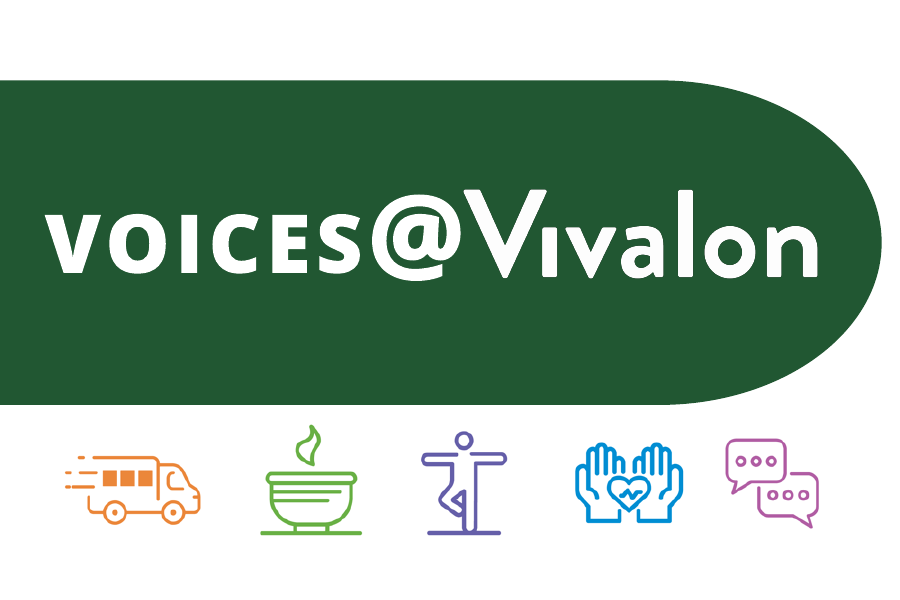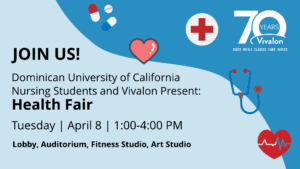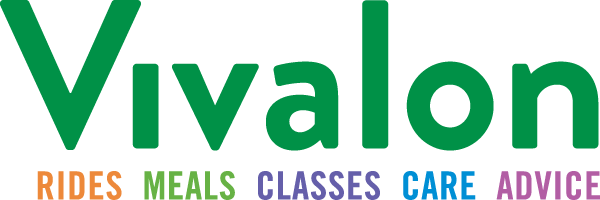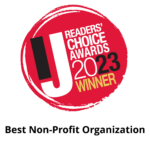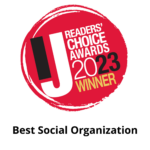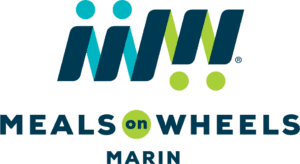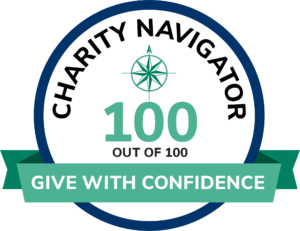Ageism—stereotypes, prejudice, and discrimination based on age—affects everyone. It influences our health, well-being, financial security, and even the economy, shaping personal interactions and public policies that impact individuals at every stage of life.
The good news? We can combat ageism, starting with Ageism Awareness Day on October 9, 2024. This day is an opportunity to spotlight the profound effects of ageism and explore how we can shift the narrative around aging in our communities.
The impact of ageism is stark. Research shows that older individuals with positive self-perceptions of aging live 7.5 years longer than those with negative perceptions. Dr. Becca Levy highlights this, saying, “The single most important factor in determining longevity—more important than gender, income, social background, loneliness or functional health—is how people think about and approach the idea of old age.” But ageism isn’t just a social issue—it has significant economic implications. Older workers often face extended periods of unemployment, discrimination during hiring, and fewer opportunities for professional development. According to AARP, these barriers lead to $850 billion in lost gains to the Gross Domestic Product (GDP) due to involuntary retirement, underemployment, and unemployment among older workers. Additionally, ageism contributes to an estimated $63 billion in healthcare costs annually, according to Levy and colleagues (2020).
In healthcare, ageism can be a matter of life and death. As Mark Lachs, M.D., author of Treat Me, Not My Age, notes, “Ageism in American medicine and society is as dangerous as any incorrectly prescribed medicine or slipped scalpel. These negative stereotypes often result in less effective care, like denial of treatment options, underdiagnosis of depression, and mismanaged pain.”
The media and advertising industries also perpetuate ageism. Older adults are underrepresented and often portrayed using negative stereotypes. According to the article “Don’t Underestimate the Market Power of the 50+ Crowd,” written by Vaughan Emsley in the Harvard Business Review, “Despite the growing population of individuals over 50, only 5% to 10% of marketing budgets target this demographic.”
Given these challenges, the need for supportive environments for older adults is clear, which is why Vivalon opened its Healthy Aging Campus in Marin County, the fastest aging county in the Bay Area.
Designed to meet the unique and growing needs of older adults, our participants feel the impact that the campus has on well-being every day. Susan Edwards, a Vivalon member, shared: “It’s a community that offers joy, movement, intellectual stimulation, friendship, and a feeling of being seen.”
Ruth, another Vivalon member, initially hesitant to join classes, found her perspective transformed after attending a falls prevention class. She reflected, “I have friends now, and we get together and do things. When you bond as a class and get to know people by their first names, you have developed a whole new circle of socialness, which is so lacking in my age group. Having new friends when you’re old—that’s exciting!”
Vivalon has been serving the Marin community for 70 years, a milestone that reflects the collective effort to support older adults. As we celebrate this anniversary, we not only honor our past but also look forward to furthering our vision of a future where every older adult lives in a connected community that values their contributions and supports their needs.
This year is an opportunity to ensure that the impact we’ve achieved over the last 70 years not only continues but grows for many more years to come.
Visit the Healthy Aging Campus on October 9 for special screenings of TEDx Talks about ageism all day long.
